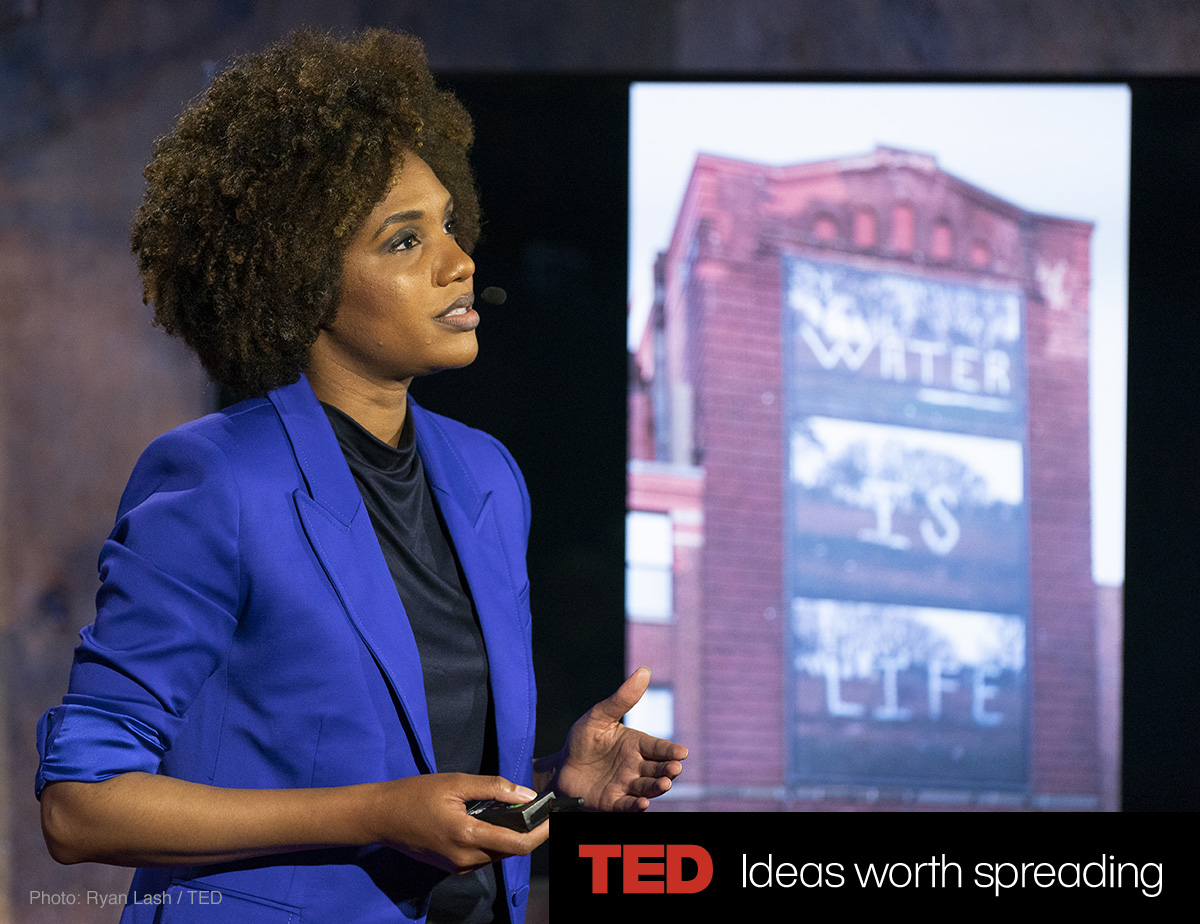Artists turn their lenses toward their own loved ones in “Family Pictures”

LaToya Ruby Frazier “Momme” 2008. Gelatin silver print.
Courtesy of the artist and Gavin Brown’s enterprise, New York.
On Milwaukee
November 16, 2018
By Bobby Tanzilo
While I can’t provide any hard data, anyone who has visited art museums anywhere in the world can attest that people of color are typically under-represented in them.
Milwaukee Art Museum’s new “Family Pictures” photography exhibition, on view on the Herzfeld Center for Photography and Media Arts gallery through Jan. 20, is a step in the right direction.
Occupying the entire lower-level photography galleries, the show includes works by an intergenerational group of photographers, from the late Roy DeCarava and Gordon Parks to LaToya Ruby Frazier, Lyle Ashton Harris, Deana Lawson, and Carrie Mae Weems.
“Family Pictures” was organized by the Columbus Museum of Art in Ohio, but for its Milwaukee stop, some additional works have been included.
“Museums must broaden their collections and exhibitions to show diverse histories, viewpoints and narratives,” says Lisa Sutcliffe, MAM’s Herzfeld Curator of Photography and Media Arts.
“‘Family Pictures’ provides an opportunity to examine the ways in which family has been a vital force in shaping the African-American community from the Civil Rights era to the present moment.”
In a way, says Sutcliffe, the show – with its endearing portraits of grandparents with grandchildren, charmingly mundane everyday household scenes and other familial images – is both a complement and a counterpoint to “The San Quentin Project: Nigel Poor and the Men of San Quentin State Prison,” which is also currently on view at the museum.
“It builds on themes highlighted by ‘The San Quentin Project’,” Sutcliffe says, “which underscores the role of personal narratives and everyday stories to more fully represent a complex and nuanced understanding of human lives.”
Courtesy of: On Milwaukee Online


 The New Yorker
The New Yorker

